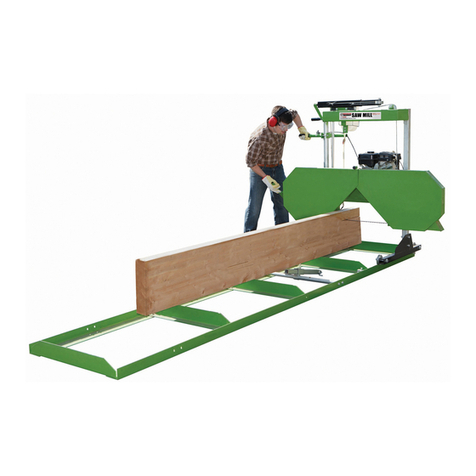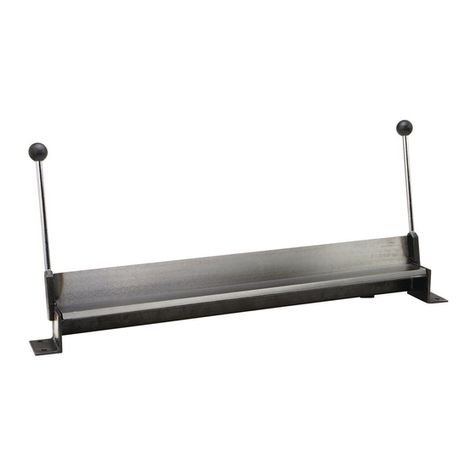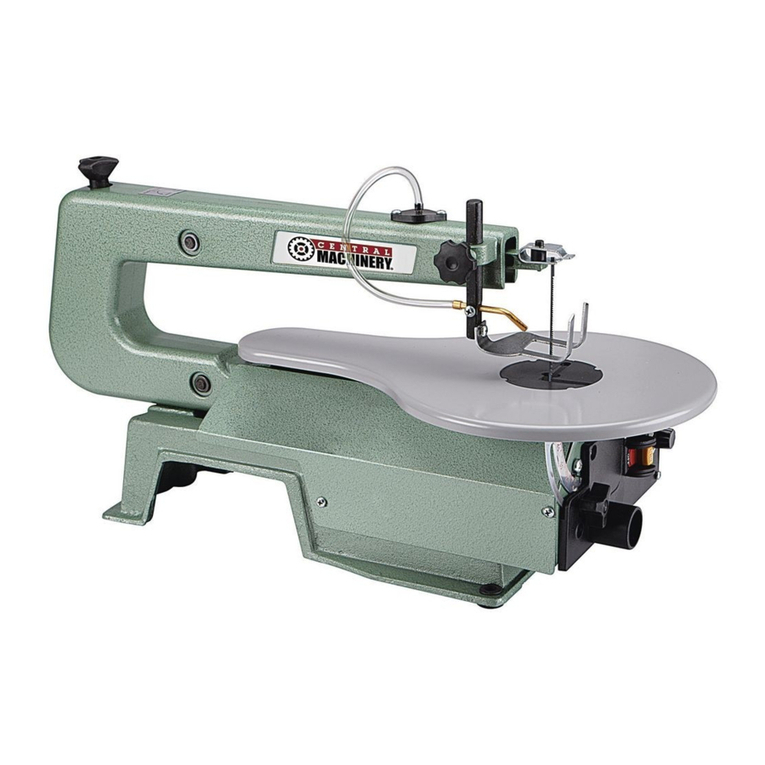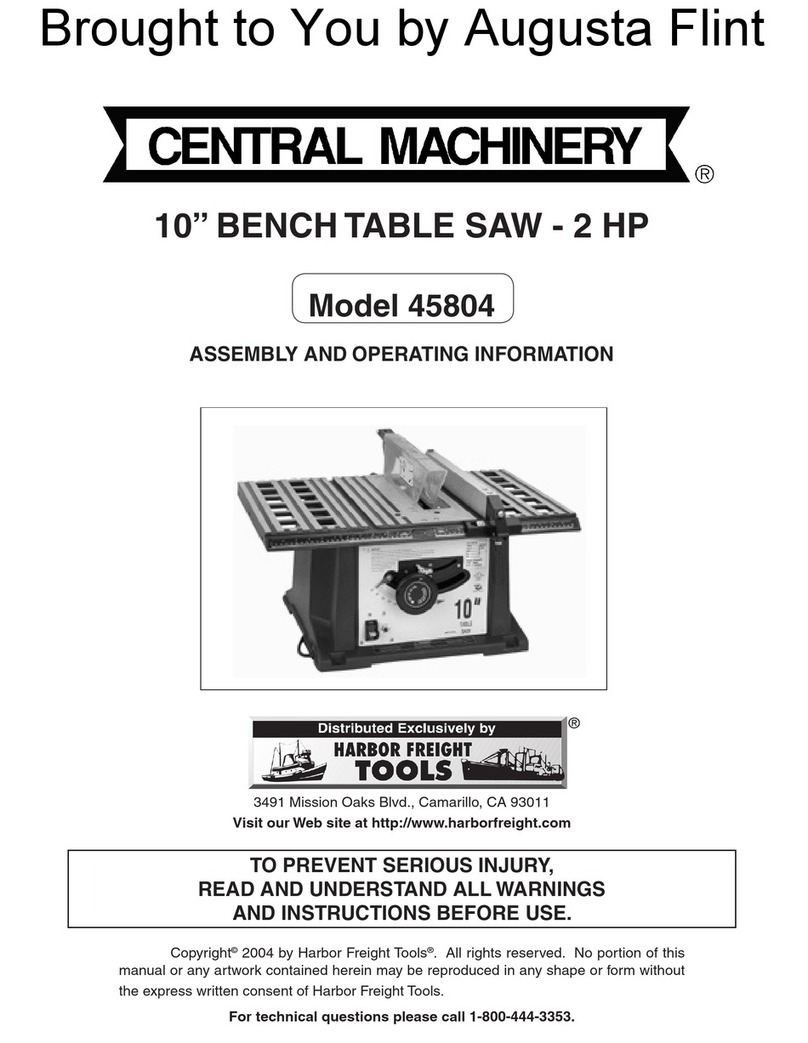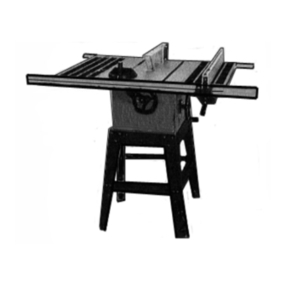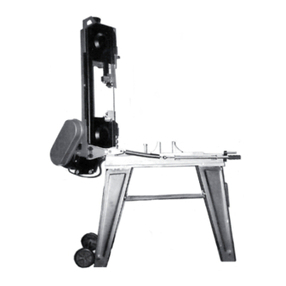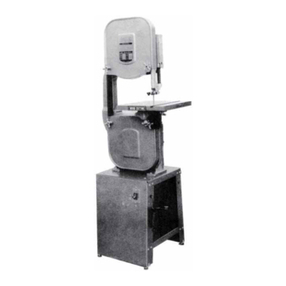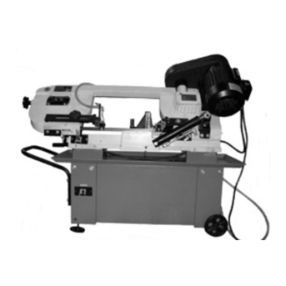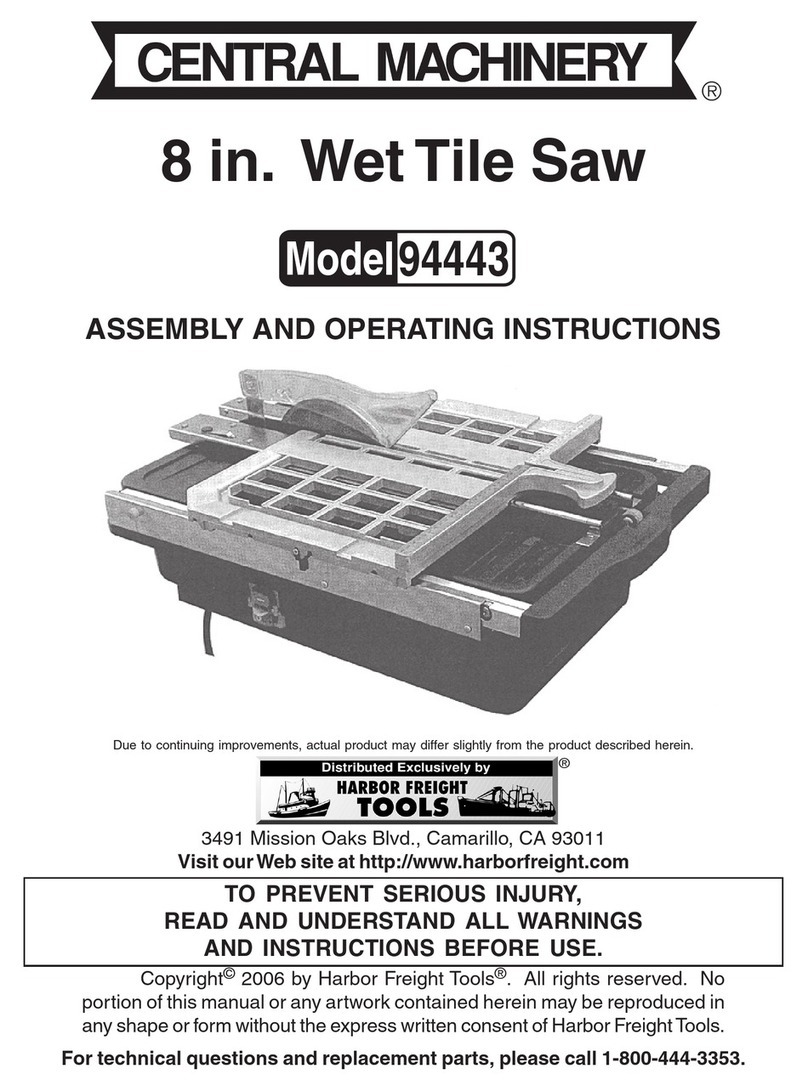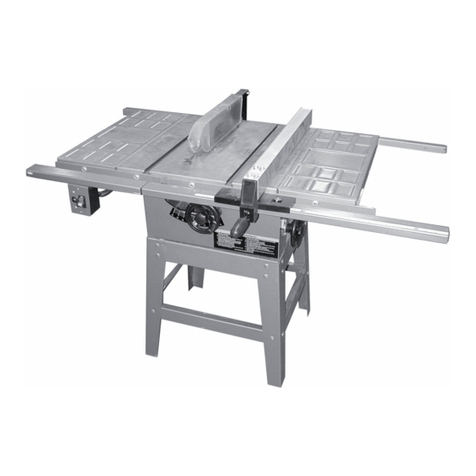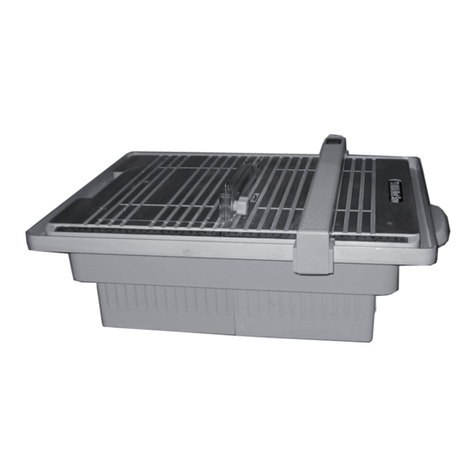
SKU 32206/32208 For technical questions, please call 1-800-444-3353. PAGE 5
Bandsaw Safety Warnings
For Your Own Safety Read Instruction1.
Manual Before Operating Saw.
Wear eye protection.2.
Do not remove jammed cutoff pieces3.
until blade has stopped.
Maintain proper adjustment of blade ten-4.
sion, blade guides, and thrust bearings.
Adjust upper guide to just clear work-5.
piece.
Hold workpiece rmly against table.6.
For safe operation, the upper blade7.
guide, the blade tension, and the thrust
bearing must all be properly adjusted
before operation. Carefully follow the
ASSEMBLY instructions (starting on
page 9), and specically PHASE 8: Saw
Blade Installation (starting on page 19),
for an explanation of how to make the
needed adjustments.
The use of accessories or attachments8.
not recommended by the manufacturer
may result in a risk of injury to persons.
When servicing use only identical re-9.
placement parts.
Only use safety equipment that has been10.
approved by an appropriate standards
agency. Unapproved safety equipment
may not provide adequate protection.
Eye protection must be ANSI-approved
and breathing protection must be
NIOSH-approved for the specic hazards
in the work area.
The included motor wiring terminals11.
are designed to reduce the risk of im-
proper wiring; DO NOT MODIFY, RE-
PLACE OR FORCE THE TERMINALS.
Maintain labels and nameplates on the12.
tool. These carry important safety infor-
mation. If unreadable or missing, con-
tact Harbor Freight Tools for a replace-
ment.
Avoid unintentional starting. Prepare to13.
begin work before turning on the tool.
People with pacemakers should consult14.
their physician(s) before use. Electro-
magnetic elds in close proximity to
heart pacemaker could cause pace-
maker interference or pacemaker failure.
In addition, people with pacemakers
should:
• Avoid operating alone.
• Do not use with power switch locked
on.
• Properly maintain and inspect to avoid
electrical shock.
• Any power cord must be properly
grounded. Ground Fault Circuit Inter-
rupter (GFCI) should also be imple-
mented – it prevents sustained electrical
shock.
Some dust created by power sand-15.
ing, sawing, grinding, drilling, and other
construction activities, contains chemi-
cals known [to the State of California]
to cause cancer, birth defects or other
reproductive harm. Some examples of
these chemicals are:
• Lead from lead-based paints
• Crystalline silica from bricks and ce-
ment or other masonry products
• Arsenic and chromium from chemically
treated lumber
Your risk from these exposures varies,
depending on how often you do this type
of work. To reduce your exposure to
these chemicals: work in a well ventilat-
ed area, and work with approved safety
equipment, such as those dust masks
that are specially designed to lter out


